Sigma 50100mm F18 Dc Hsm Art for Nikon Review

Utterly Unique
Sigma has become the company that pushes the envelope of what is viable in maximum aperture lenses. They have put larger maximum apertures than what was historically possible (or at to the lowest degree viable) in a number of lenses, from zoom lenses (18-35mm f/1.8, 24-35mm f/2 for total frame) to focal lengths (20mm f/1.4). I've spent some extended time with each of these lenses (click the links for reviews). Sigma has managed to exercise this while upholding an incredibly loftier standard for optical performance, with lenses that have consistently had amazing resolution, neat dissimilarity, and strong chromatic aberration control. The wing in the ointment has often been less than desirable autofocus consistency, which in some cases has led to customers sadly returning lenses that they otherwise loved. Can Sigma manage to strike gilded past producing a new lens with all of the quondam strengths simply without the latter weaknesses? The new Sigma 50-100mm f/1.8 DC HSM ART in one case again pushes the envelope by putting a very large maximum aperture (f/1.viii) in a zoom lens that covers a number of key focal lengths. Is the fifty-100 Fine art a lens for yous? Read on to find out!
Check me out on: Google+: | Facebook: | Twitter: | Flickr: | 500px: | Sign Up for My Newsletter :
If you prefer to watch your reviews, take a look beneath:
Allow's end for a moment and consider that focal length. This is a Sigma coded DC lens, which indicates that it is for crop sensor cameras only (APS-C/DX). This makes it a proficient pairing with Sigma's previous 18-35mm f/ane.8 Fine art, a lens that set the golden standard for prototype quality in a ingather sensor lens. APS-C/DX tends to get the evolution leftovers from the outset parties like Canon, Nikon, and Sony. Lenses tend to exist variable aperture, consumer grade zooms. Sigma did something very rare when they developed a truly premium zoom lens for APS-C with the 18-35mm, and they take washed it once again now with this even more impressive fifty-100mm f/1.8 ART lens. The Nikon crop cistron is 1.5x, while the Canon ingather factor is ane.6x, so you lot have to multiply the focal length past the crop cistron of the camera to get its equivalent focal range in 35mm/full frame terms. In this case, that would be 75mm/80mm on the broad stop to 150/160mm on the long terminate. And then, while this is just a 2x zoom ratio, it covers a number of important focal lengths from 85mm to 100mm to 135mm and beyond.
The applications for these focal lengths are virtually unlimited, from portraits to events to short range sports. Here'south a await at the difference betwixt 50mm and 100mm on a Canon system:
At medium distances similar this (75-100 anxiety), the change in magnification is noticeable. Don't expect equally extreme a difference when the subject is more distant. As with the xviii-35mm or 24-35mm (full frame) you need to remember of the 50-100 Fine art less equally a traditional zoom and more like having a number of prime lenses in one torso. Both the discontinuity value and the epitome quality brand this true, equally few prime number lenses at these focal ranges can match the overall image quality of this lens.
Build Quality
From the moment you pull this lens out of the box you will have no dubiety that it is a premium lens. The box is substantially merely a wrapper for a very large, nicely padded protective example that houses a very big chunk of lens. One thing that the ART serial has never been guilty of is being low-cal and meaty, but this lens pushes that to a new level (every bit it does a number of areas). Information technology is very large, and very heavy. Physics need that you cannot make a lens with such a large maximum aperture over this focal length without creating a very large lens, even when the lens only has to cover a crop sensor image circle. The Sigma is a petty shorter that the 7.8"/19.81cm of Catechism's seventy-200mm f/2.8L IS Two at 6.72"/17.7cm, but weighs the same as its hefty 3.28lb/1490g. The front element of the Sigma is an fifty-fifty larger 82mm (the motion from 77mm will be disappointing to some, though Sigma'south 24-35mm f/ii lens had already gone there!).
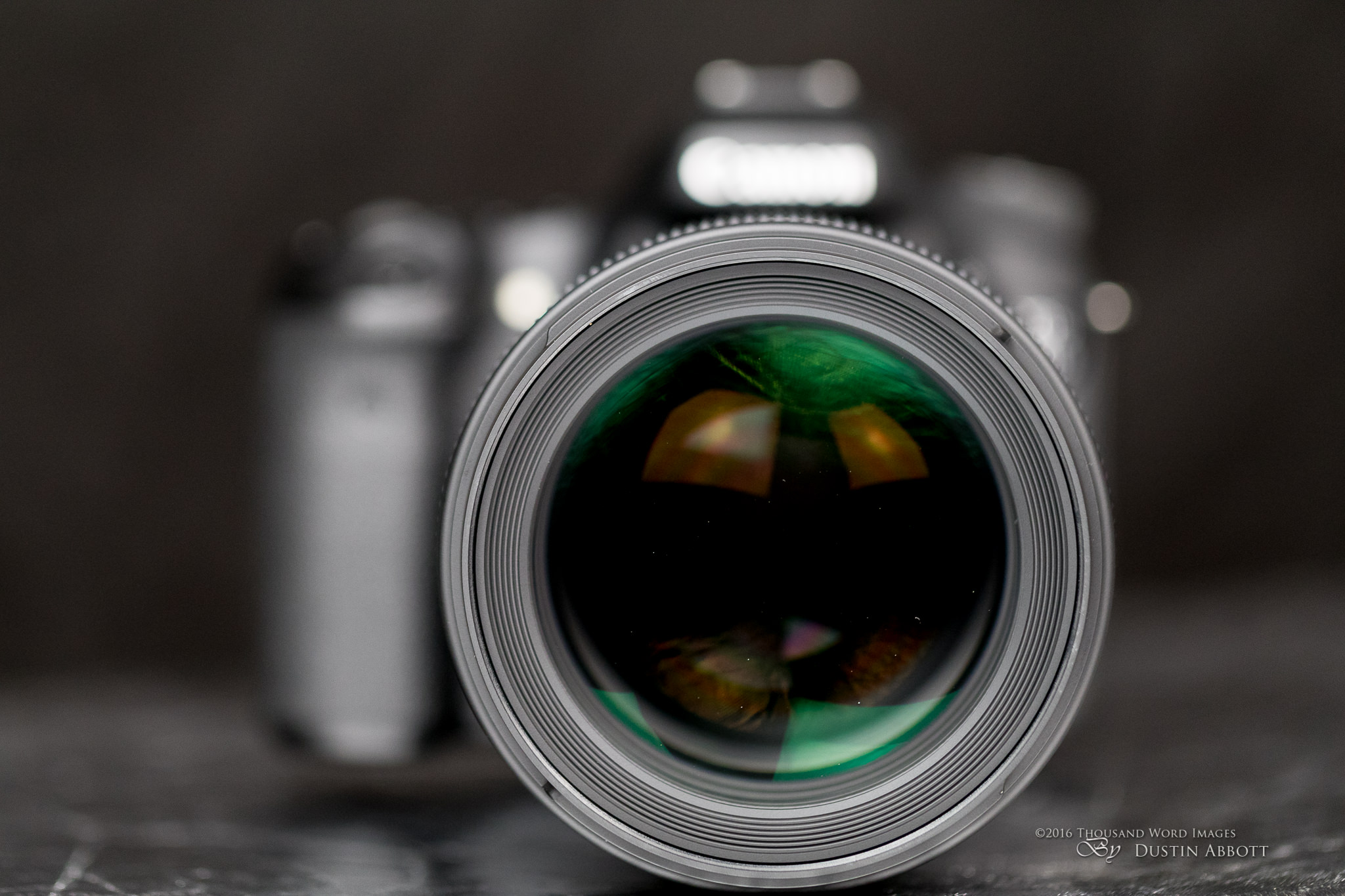
If you need something light or compact, you lot might as well stop reading now. Skip seeing the photos that come from something large and heavy similar this…(they might make you jealous!) In this video I break down the build and give yous the details!
Most 70-200mm f/2.8 lenses (including Sigma'southward own) take an prototype stabilizer, but this lens comes without Sigma'south OS. Its inclusion would have added even more weight and size, so for some users the extra wide aperture is compensation plenty. If you are shooting anything that moves you need to have a reasonable shutter speed to cease the activeness anyway, so perhaps it won't be missed there. The only place I noted (and missed) not having an image stabilizer is when composing and I noticed more movement in the viewfinder than what I'chiliad accustomed to. 100mm on a ingather sensor is a fairly long focal length to concur actually steady without a stabilizer.
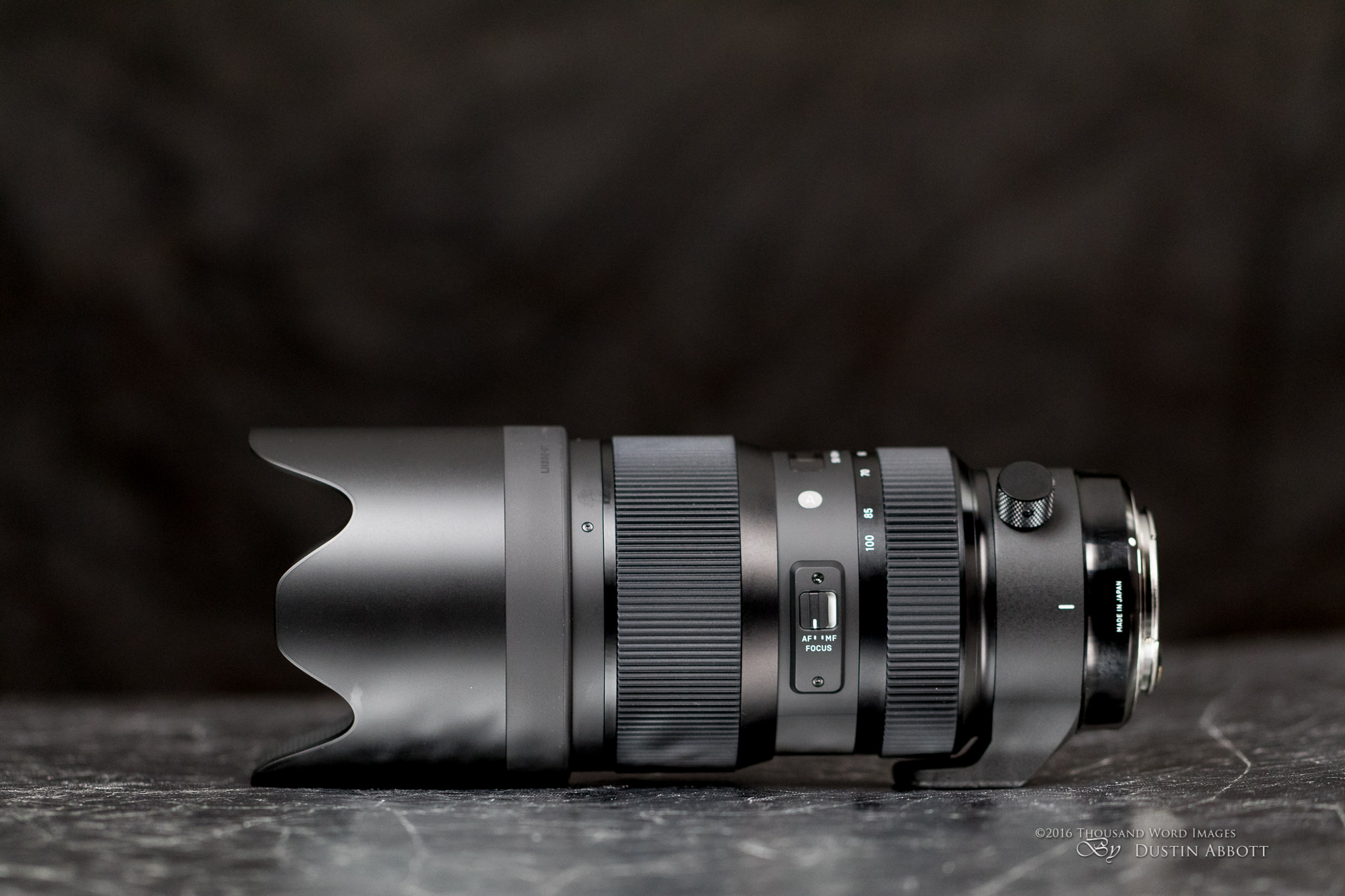
The lens has a dissimilar profile than the 70-200mm lenses. Those lenses tend to have a fairly constant barrel width, while the Sigma tapers from narrower near the lens mount to wider near the forepart element. Its maximum girth is wider than the 70-200mm lenses, which accounts for information technology weighing as much despite being a little shorter. This blueprint does event in the lens feeling a fiddling more front end heavy than shooting with a seventy-200mm lens. Those lenses are a bit more balanced while the 50-100 Art is a bit of a strain to back up with merely one hand on the grip.
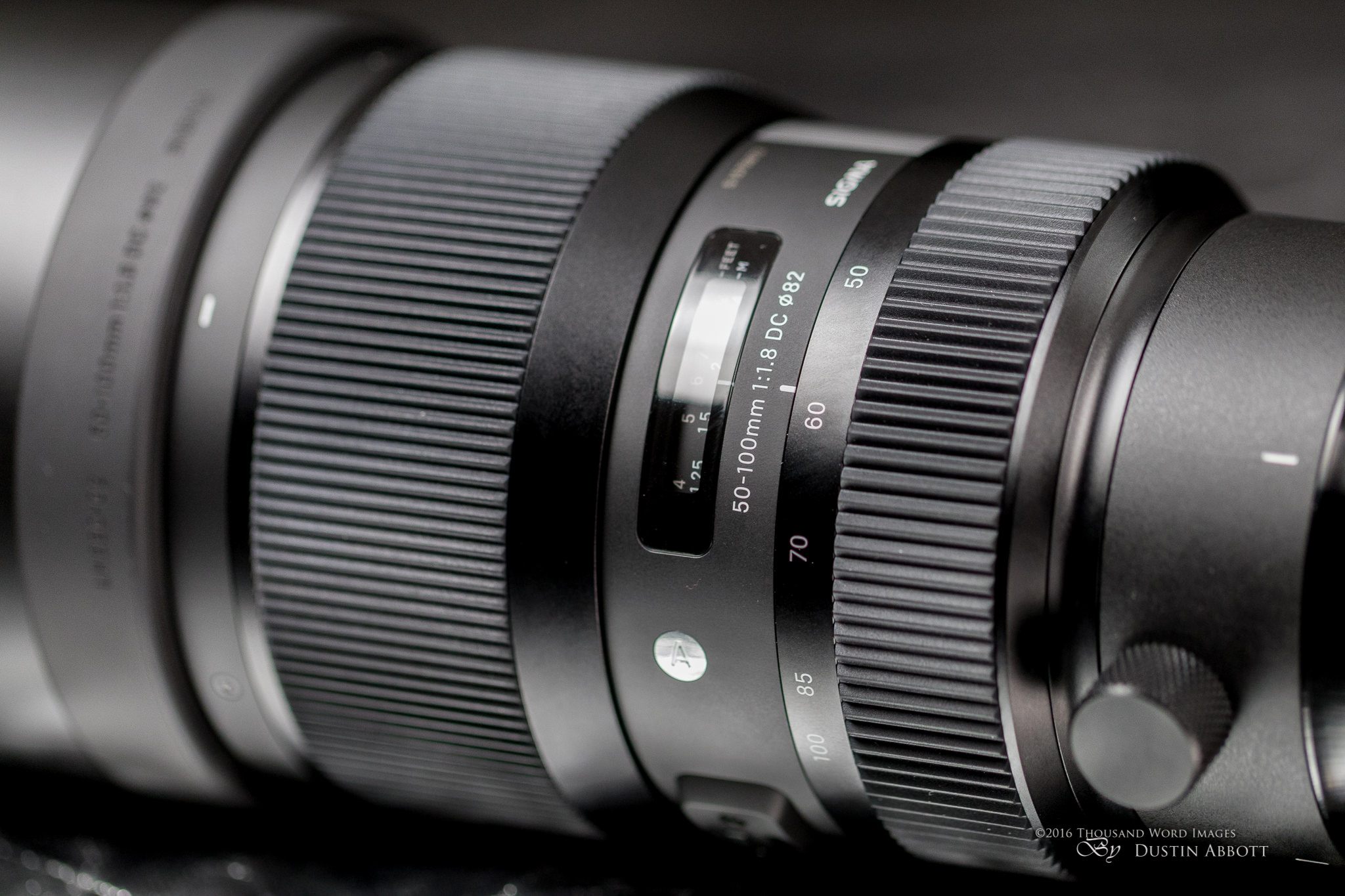
The lens has just one switch – the AF/MF switch, which is nicely raised, piece of cake to find, and definite in use. You lot probably volition not have to ofttimes accomplish for information technology, nonetheless, as the lens features full fourth dimension manual override. All of the ART series lenses are pretty, and this is no exception. It gives the immediate impression of being almost brutally professional person. I apply the term "brutally" because of the weight and experience of the lens along with the design; right downwards to zoom and focus rings that have such deep ridges that they feel less "soft" to the touch when compared to virtually lenses. This is a "no-nonsense" lens. The lens has the now familiar ART series blueprint language (which is very nice!) with a black on black look that is broken up by some texture variation.
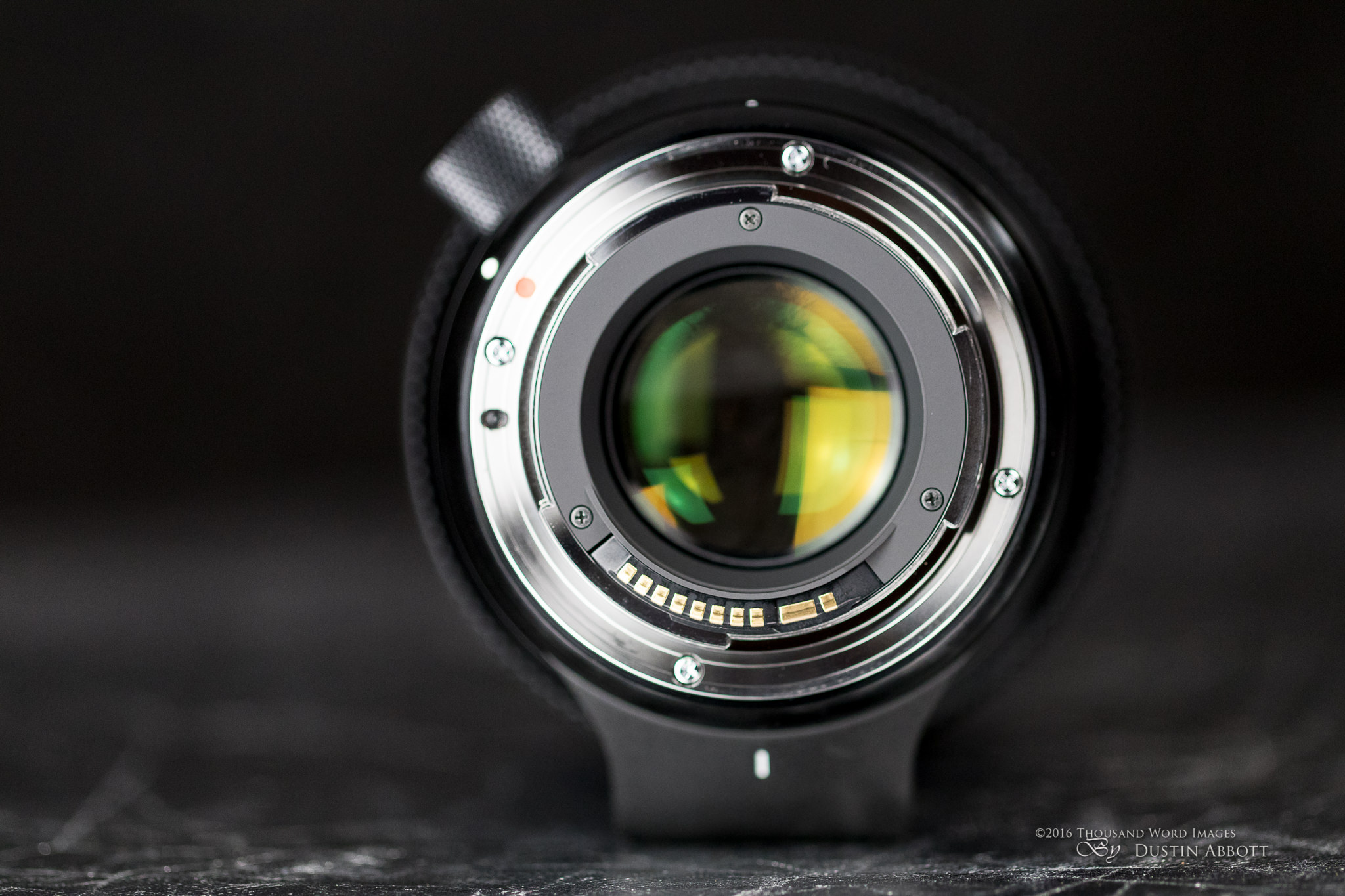
Despite the "brutally professional" expect and feel of this lens, Sigma persists in not calculation any type of moisture resistance. This lens feels like information technology should have conditions sealing, frankly, as befits the flagship lens for APS-C shooters. The majority of the people that buy this lens volition have higher grade camera bodies that tend to include moisture resistance. Some of you may think that moisture/grit resistance is just marketing, simply others who alive or shoot in difficult conditions conditions strongly experience otherwise. I've plant that the importance that people assign to weather resistance often boils down to the harshness (or lack thereof) of their typical shooting environment.
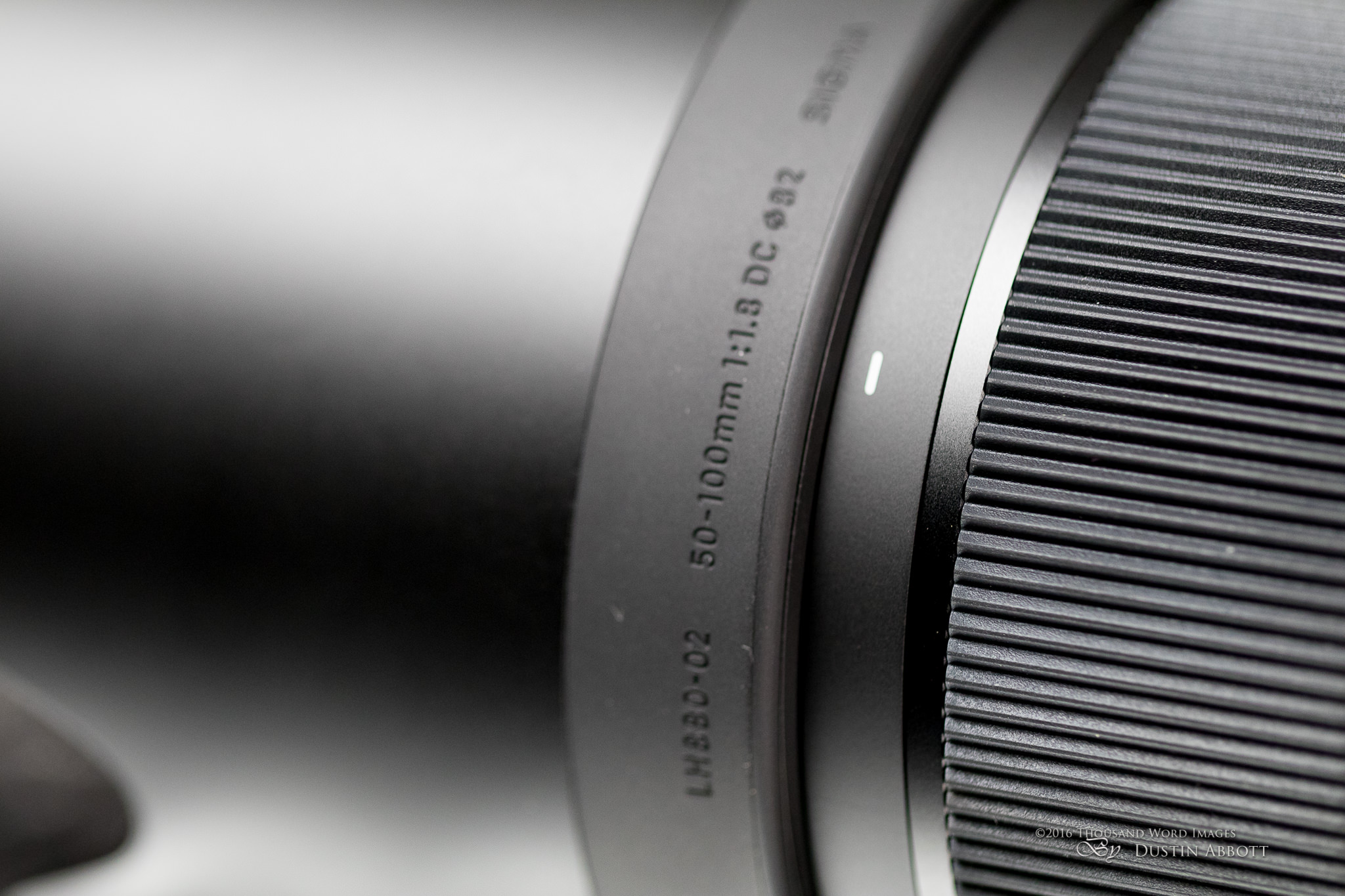
I continue to admire Sigma's lens hoods – they are well engineered, have a slightly velvety texture to them, and, in a final nice touch, feature a soft-impact rubberized transition zone where they mount to the lens barrel that has the lens information stamped in them. Very nice.
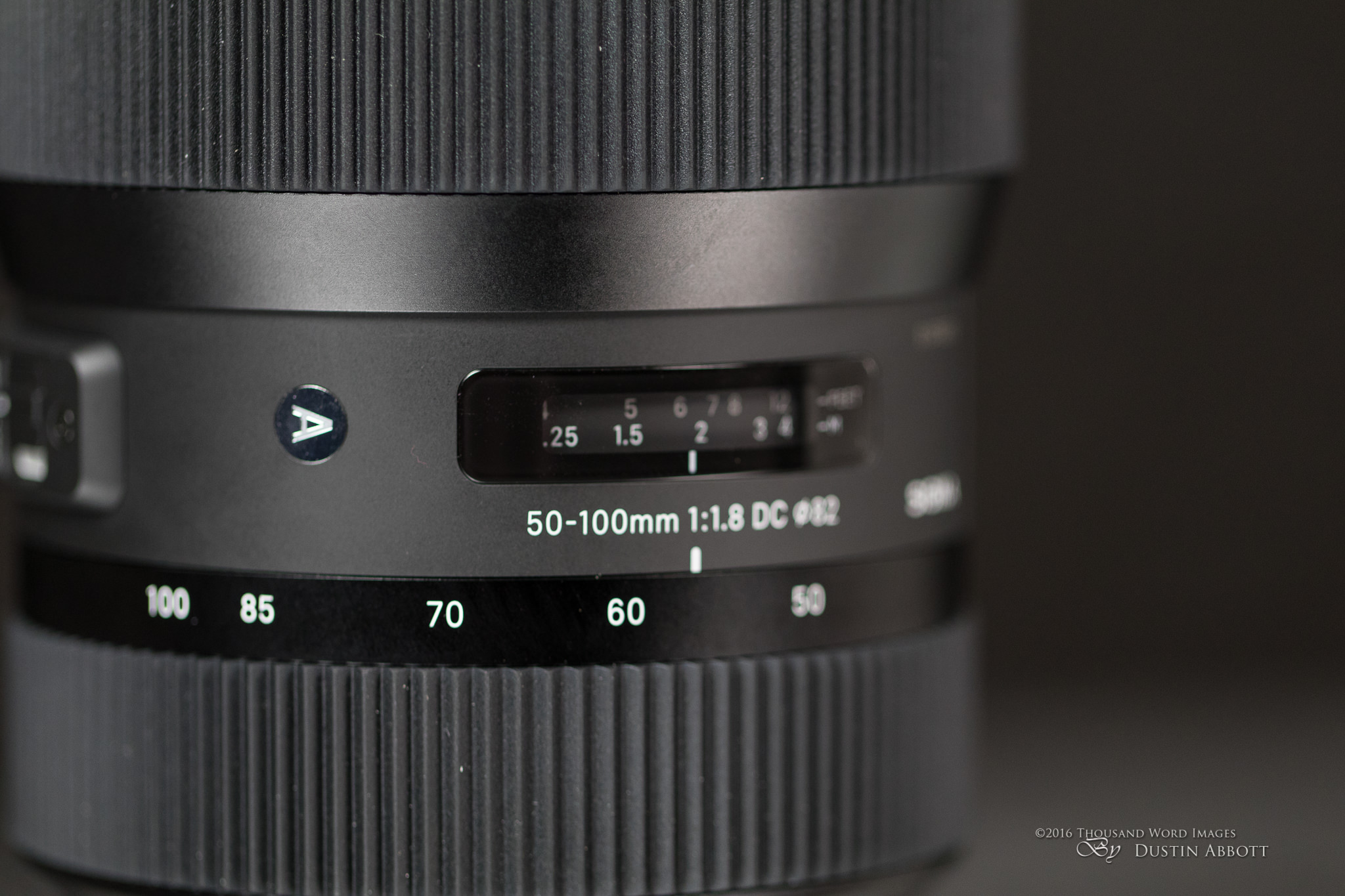
The 50-100 ART has the silver A (for Art) bluecoat along with a distance window (simply no hyperfocal markings). Both the zoom ring (closest to the lens barrel) and the focus band (wider and further up the barrel) move nicely, though the focus band is a trivial stiffer than what I would similar (when mounted on a tripod I found it a trivial tough to focus the lens without moving the barrel to the side by the effort I had to put on the focus band). That stiffness might loosen up with use.
There is (in my opinion) i unfortunate pattern flaw hither. The lens includes a tripod neckband. This is certainly justified by its weight, but unlike near seventy-200mm lenses, the tripod collar is not removable. It has a knob that can be loosened to allow the collar to be rotated, and, in a squeamish bear on, it has four fix detentes that are like shooting fish in a barrel to observe at the 12:00, three:00, half-dozen:00, and 9:00 positions. The tripod foot itself is quite small, which is fortunate, because…no matter where I seem to put it the pes seems to get in the way of operating the most important band…the zoom band. The zoom band is quite close to the lens mount, and the tripod neckband pes seem intent on getting in the way of information technology. There is only nearly 2mm of clearance between the foot and the zoom ring, so, if it is in the bottom position, I have to let it sit in my palm while I reach around it to operate the zoom band. If I rotate it to the top it interferes with where I put my fingers to rotate the ring. The 9:00 position is patently out of the question. The 3:00 position seems to be the best compromise, but then then the tension knob seems to make it the way at times.
Sigh…I but wish the thing would come off.
I eventually settled on leaving it in the standard half-dozen:00 position and just trying to forget about information technology. At to the lowest degree in that location it provides a nice support to prepare the lens on. The situations where I shoot a lens like this on tripod are virtually non real (your mileage may vary). I adopt to remove a tripod collar and relieve the weight. The Canon 100-400L 2 does not have a removable tripod collar either, merely it does take a removable pes so that it is never in the way. The implementation of the tripod neckband on the fifty-100 Art is my to the lowest degree favorite aspect of the blueprint. You adjust, of course, but I tin can't count the number of times I've been bothered by it in shooting. I'm afraid that adding anything to information technology (even a tripod quick release plate) is simply going making information technology more in the mode!
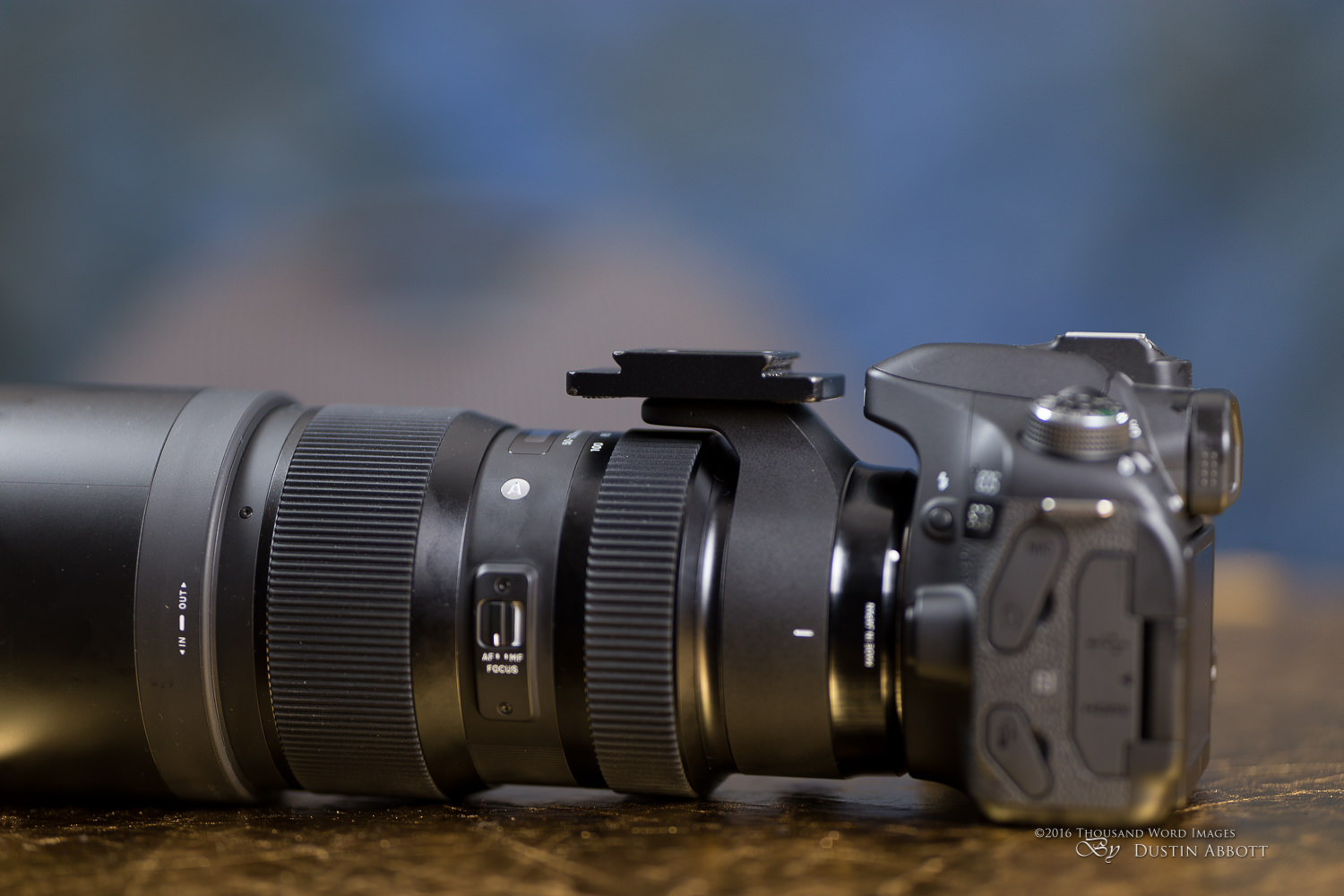
This is the one thing I'd most change virtually the lens, because I've got lilliputian else to complain about! Here are a few more photos of this pretty lens:
Prototype Quality – Putting the "Art" in Fine art
You rapidly forget the size and bulk of the lens when you see the images that it can produce. This lens is sharp…every bit in, stunningly precipitous. Information technology is clearly designed for maximum functioning between f/1.8 and f/ii.8, and the image quality doesn't really sharpen upwards beyond that.
It doesn't demand to.
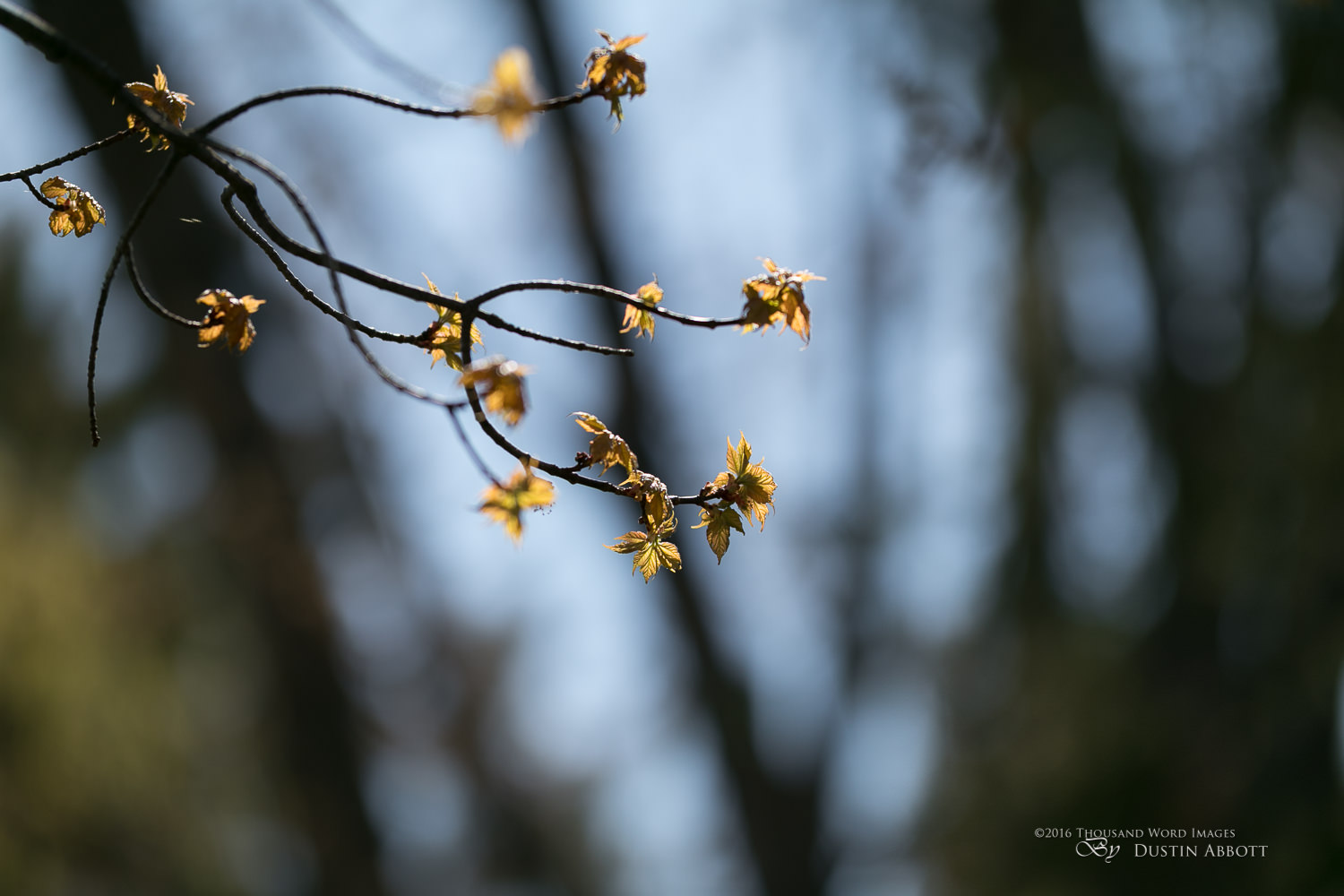
The 50-100 Fine art is incredibly precipitous and contrasty at wide apertures. The lens displays very fiddling chromatic aberrations, which farther help in making the images look tack sharp. I will non be surprised to hear of the lens setting new resolution records at wide apertures among APS-C lenses when information technology is chart tested. The sharpness is not just in the heart, either, but shows excellent results fifty-fifty out towards the border of the frame.
A number of viewers/readers knew that I had the similarly excellent Tamron SP 85mm f/one.viii VC lens on hand, and, while that lens is designed for full frame cameras, there is no rule confronting mounting it on a crop sensor trunk and comparison the result with the Sigma at 85mm. I shot a controlled test using mirror lockup, transmission focus using 10x Live View, and using a 2 2d delay to eliminate any vibration through the tripod. I shot comparative series at f/one.8, f/2, f/2.eight, and f/4. I found a few surprising things.
First of all, at f/1.eight the Sigma easily bests the Tamron in both the center and corners. The Tamron doesn't look equally strong on a crop as information technology does on full frame at wide apertures. The Tamron shows a slight bit of line doubling on the numbers engraved on the vintage lenses I was shooting. The Sigma looks sharper and more contrasty everywhere I look in the frame. The Tamron (designed for total frame) has a clear reward in vignette command on APS-C because of being designed to encompass the larger image circumvolve. The Sigma is not bad in this regard, but the crop factor helps the Tamron there.
At f/2 the divergence becomes far less noticeable. The Sigma is about the same, but nearly of the imperfections of the Tamron have disappeared. I would still give a slight edge to the Sigma if pressed.
From f/two.8 on the story changes. The Tamron makes mild improvements at f/2.8 and f/4 (these two results are essentially indistinguishable), just the Sigma really seems to get a bit worse. The biggest gains for the Tamron and losses for the Sigma are actually in contrast. Intrigued, I went back and compared the f/ane.8 result from the Sigma to the f/4 issue and found that yes, I definitely favored the f/1.8 issue over the f/4 outcome. At f/iv (shockingly) the Sigma was showing a flake of chromatic aberrations and slightly reduced contrast when compared to the wide open up upshot.
I tin't retrieve seeing a lens quite like this! The just advantage of the f/4 consequence was in lower vignette. The Sigma is conspicuously optimized for shooting at f/ane.8 and f/2.
In a side note, the colors from the Sigma skewed a little warmer while the Tamron delivered a more Zeiss-like neutrality. This is a sense of taste thing and is pretty much a moot point for RAW shooters.
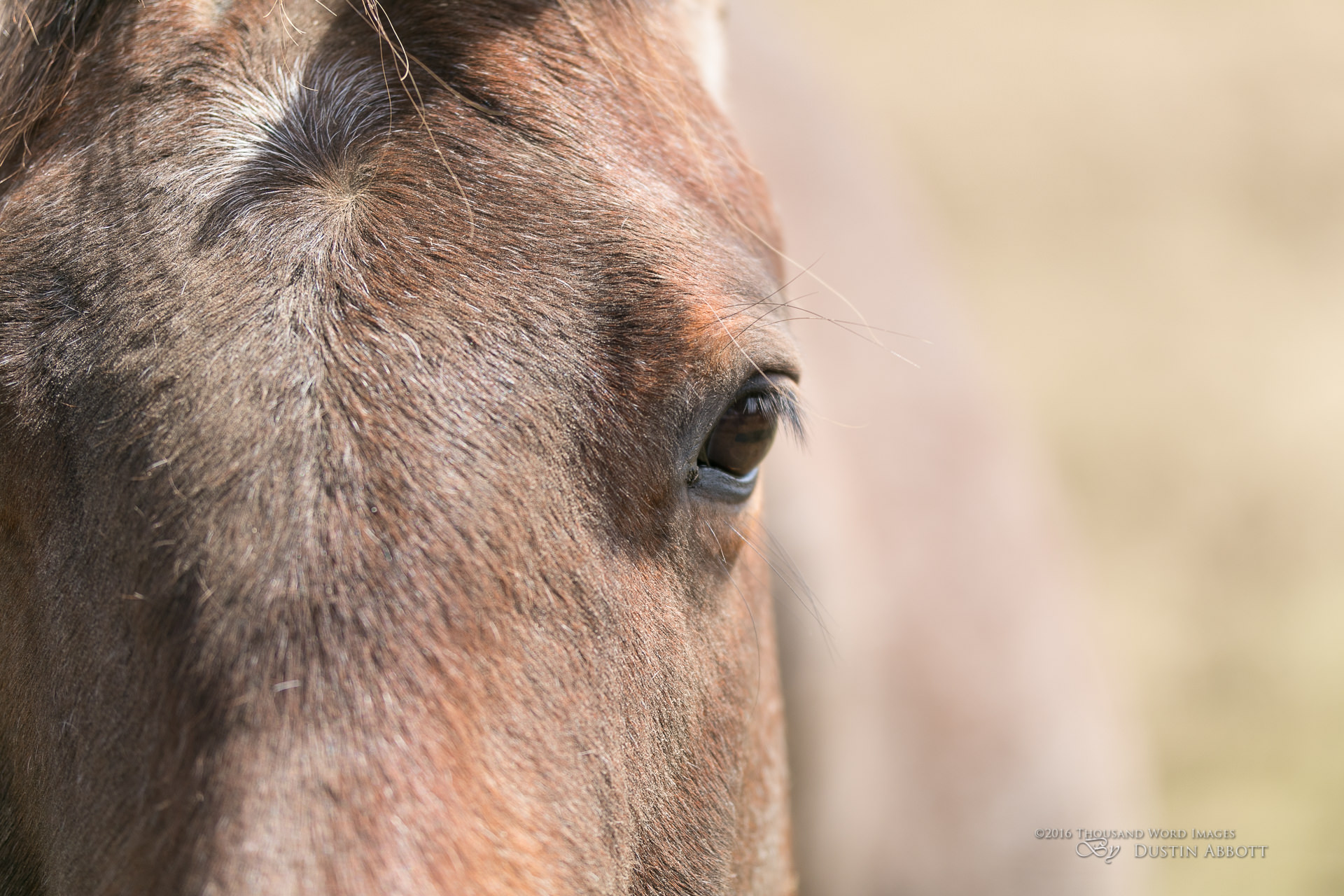
This is corking news for those of y'all who beloved to shoot lenses wide open. You tin can shoot broad open with this new fifty-100 Art and go substantially peak performance from information technology. Stopping down to f/two will cyberspace you a hair more contrast, but little difference. There were a few times that I found wide open images of some subjects to have a slight bit of "haze" at a pixel level with brighter subjects, just could easily up the local contrast in post to arrange for it. That very pocket-size "flaw", though might atomic number 82 to the post-obit…
Image quality is more than than sharpness. Substantially all of the ART lenses have been very abrupt, merely not all of them have had beautiful rendering or drawing. I've establish a few of them somewhat clinical. No such problem here. This lens puts the "art" in the ART series.
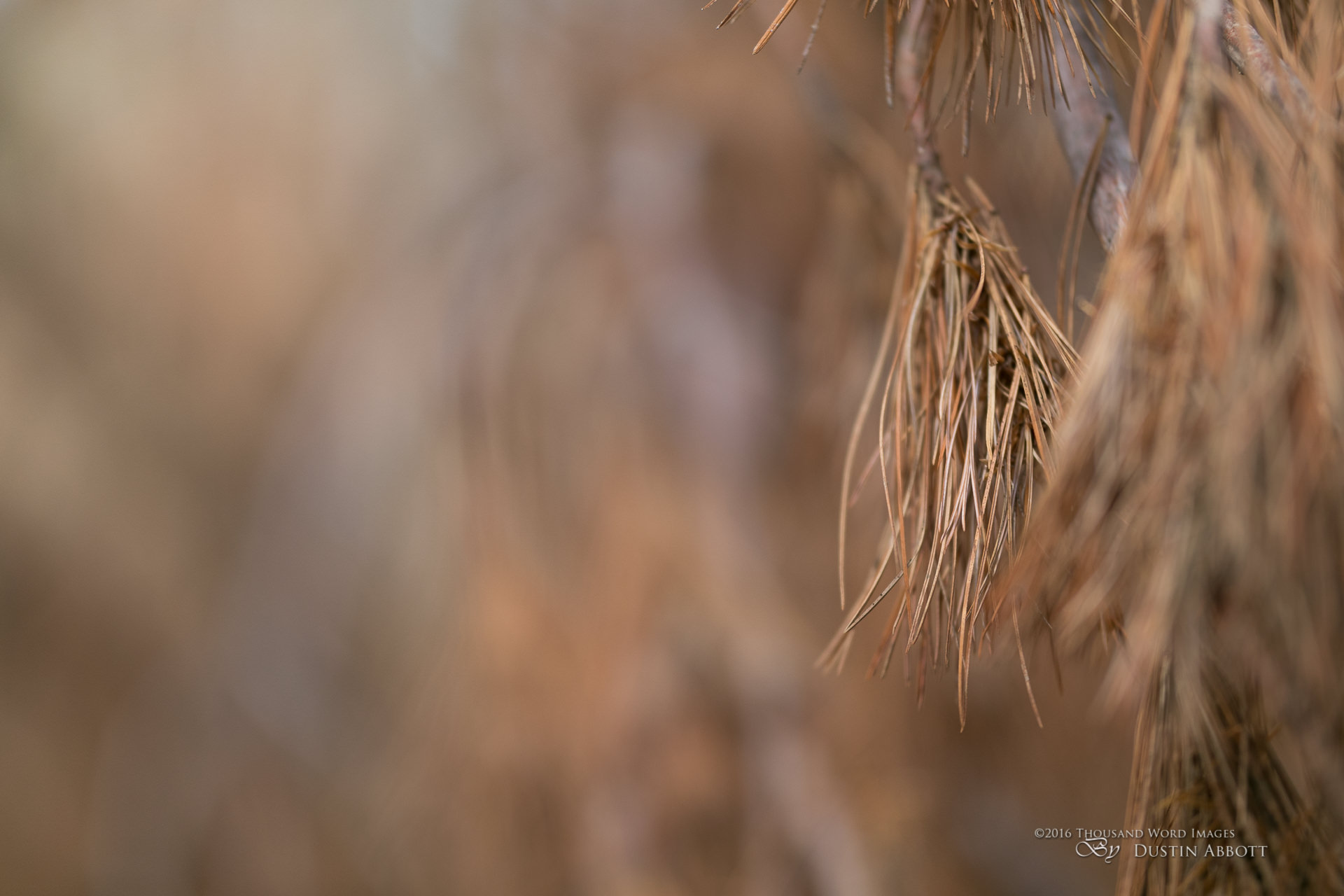
The fifty-100 Art is perhaps the best "bokeh maker" among any APS-C lenses that I've seen. That big aperture (particularly towards the longer end of the focal length) produces a shallower DOF than nigh competing lenses tin produce. This enables you to produce results more alike to those usually found on total frame (35mm) cameras. The depth of field is more than shallow and the separation of the field of study from the background more intense.
In my bokeh tests I saw footling to discourage me. The bokeh has trivial activity within the circular highlights and the inner circle of the bokeh circle is not strongly defined. At that place is a bit of line doubling, but it is faint. The nine bladed aperture results in a roughly circular nonagonal shape when stopped down. I didn't run across color fringing there, either, which all adds up to very nice real world bokeh…and the lens can make a lot of it!
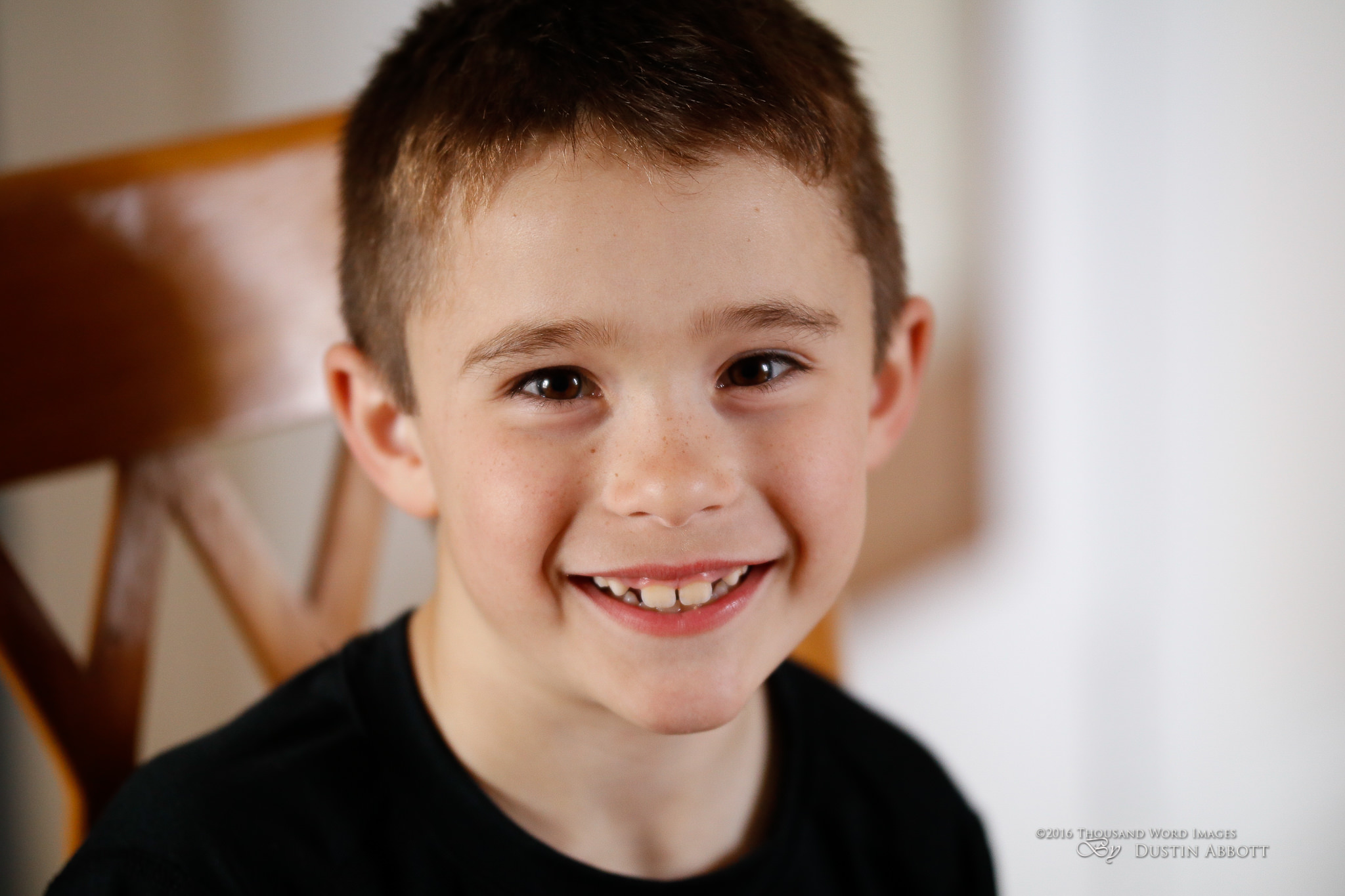
There is a lovely softness to the defocused expanse, and the lens transitions nicely to defocus. The nice affair about this focal range is that it gives yous some flexibility on how much you lot want the groundwork to disappear. Shooting at the wide terminate (50mm) and ten feet from your subject produces a depth of field of xv.87 inches. But you can step back twice as far at 100mm and however get a slightly shallower DOF but a completely different look. At fifteen anxiety and 100mm/f1.eight the depth of field is a tiny eight.89 inches. Using that 100mm focal length for head and shoulders shots is going to make simply about whatever background completely disappear.

Here are a few other portrait oriented shots.
I also liked the style the lens dealt with "ordinary" scenes. Take, for instance, this shot of a freshly broiled pan of cornbread. This is just on the kitchen counter and using available light, but look how soft the defocused expanse is in the image. Something unproblematic becomes rather artful!

The bokeh and cartoon from the lens is only pretty delightful all around. Here's a gallery of bokeh-oriented images to demonstrate just what I mean.
Every bit I've hinted at already, chromatic aberrations are virtually non-existent. This is one area where then many modern lenses have made huge strides. You don't accept to worry about green or imperial fringing disrupting your images. Even the scrap that I noticed when the lens was stopped downwards would be hard to see in most field settings. There is some vignette (stronger on the long terminate), but goose egg extreme.
I shot a brick wall and on the wide stop the barrel distortion is extremely balmy. A nautical chart tester will produce a percentage, but I doubt it is enough to really affect anyone for field utilise. The pincushion baloney on the long end is a little stronger, but still quite mild. Information technology is all mild enough that yous won't really notice it in normal utilise.
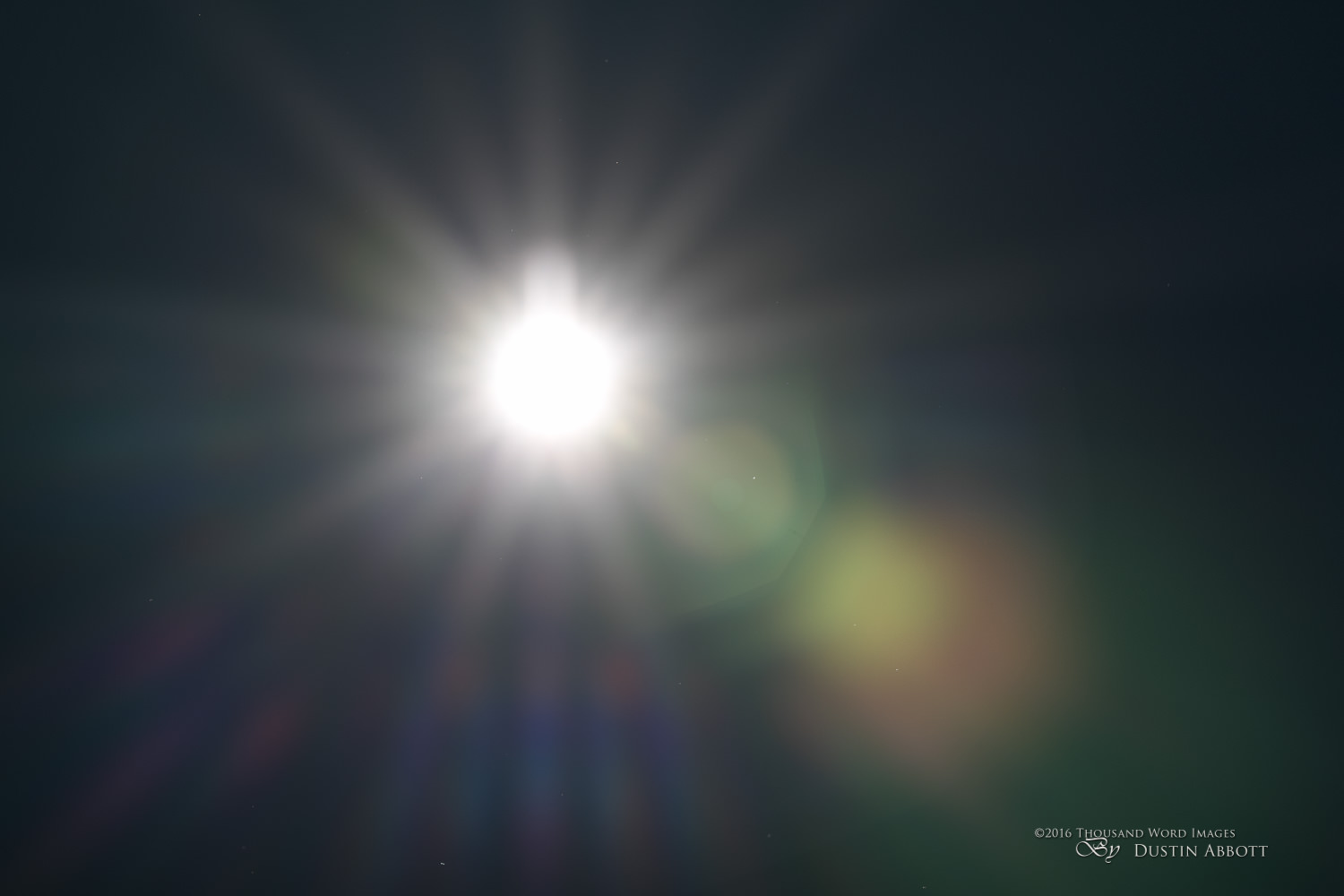
In the midst of all of this goodness there is really only 1 drawback. The lens flares pretty badly. With the sun in the frame in that location is a pronounced loss of contrast (veiling) and also a lot of green ghosting (a large light-green hulk). The ghosting is more than pronounced on the wide end while the veiling is more pronounced at the tele end. Don't bespeak the lens at the lord's day unless you have some creative employ for what volition happen.
In that location is a lot to praise and very piffling to criticize in the paradigm quality department. I can only share then many photos in the bodily review, so I recommend that you lot visit my image gallery here and look at more than examples.
Mounted on Full Frame
I've never had so many requests from people to exam an APS-C/DX lens on a total frame torso. While I would never advise ownership a crop sensor lens specifically for the purpose of shooting it on a full frame body, the lens will technically mountain on a full frame trunk. At 50mm there is a solid black band effectually the edge of the frame that goes beyond "vignette" (the full frame image circumvolve is not being covered), by near 72mm it becomes a heavy vignette that with some irretrievable areas in the corners – you have to crop (paradigm circle all the same non covered). But at 85mm the vignette is correctible, and there is simply a tiny mark in each extreme corner that remains black…merely this you could compensate for in postal service and it won't be noticed in many environments. At 100mm there is yet a heavy vignette, simply one that is fully correctable in post though it required my adding the standard profile for the lens plus adding manual values of +70 in Lightroom'southward vignette slider along with moving the midpoint to nineteen.

Here is a video examination of just exactly what happens when you mount the lens on a full frame photographic camera body (in this case a Catechism 6D).
I was happy to notation that the autofocus remained accurate even on my 6D body. At the 80-100mm mark the images actually wait pretty stunning. The lens is incredibly sharp and looks even sharper on a full frame body. If yous happen to take both full frame and crop sensor photographic camera bodies I see no reason for the lens to not pull some double duty, though the lens exhibits more pincushion baloney on total frame. Here's a few more samples from total frame:
Autofocus Examination
Information technology is typically at this point in a Sigma review where I showtime to lament over autofocus accuracy issues, but information technology is with great relief that I become to say…this lens focuses very well for me! I had serious issues with the 18-35mm f/1.8 ART, simply despite take a more demanding focal length the fifty-100 Fine art has exceeded my expectations. It is not only exceptionally sharp, just it is also a very good focusing lens…right out of the box, on multiple bodies. I've used it on 3 different camera bodies and found that information technology focused well on all of them. Overall the focus speed is quite proficient (particularly considering the large elements being moved), though racking through the full range of focus (something yous'll rarely do) is a little more than deliberate. Normal (smaller) changes come speedily and very quietly.
I've never actually complained about the autofocus speed of Sigma lenses, and certainly never about their quietness. Only [outside of their ultra telephoto lenses] I've spilled a lot of ink lamenting almost autofocus accuracy issues that I just couldn't solve either through traditional AFMA in the photographic camera torso or via the Sigma dock. This lens isn't perfect, just I am confident that I could tweak information technology enough through the Sigma USB dock (a recommended accompaniment for this lens if you don't have one) to make information technology pretty close. I am really delighted to have such a nice focusing Sigma ART lens in manus, and I have to say that information technology really alters my ultimate perception of the lens. I personally refuse to own a lens that I can't rely on to consistently and accurately autofocus. I practise a lot of photography work – personal, business concern, commercial – and I need tools I can rely on. I'm happy to say that if I needed this lens I wouldn't hesitate to add it to my personal kit.
I also tested the lens in AF Servo fashion equally there will certainly be those interested in using this lens for shorter range sports (a overnice application for it!) The results were encouraging, with the lens effectively keeping upward with my son every bit he ran full tilt towards me. In a few seconds I fired off 27 frames with the Catechism 80D set in TV mode to keep a ane/500th 2d shutter speed (aperture changed from f/2.viii to f/4 based on the changing lighting). The 50-100 ART had no problem keeping upward with the rapid move and I had almost all nearly perfectly focused frames. A few were non quite tack precipitous but however adequate. I encounter no reason why those wanting to shoot action (and using a body with a proficient focus organization) shouldn't exist happy with this lens. It may not take the overall speed of the seventy-200 beasts simply is shut plenty to get the job done. You tin can see all of those frames in the video review.

I shot an event at my children's schoolhouse exclusively with the Sigma and got proficient focus results. A few misses hither and in that location, but non any kind of design that would speak of a true focus consequence, and none of the random bad misses I sometimes got with some of the before ART lenses. Focus speed was just fine for my purposes, and the images themselves looked very nice. It was in a smallish gym, and I constitute in that location were times that 50mm (80mm equivalent on my Canon 80D) wasn't quite wide enough even if I moved to the dorsum of the gym. I would typically employ a two photographic camera solution in that environment anyway. On full frame I'd be using a 24-70mm and 70-200mm f/2.8 zooms, and then a person could hands augment the focal range of this lens with the Sigma 18-35mm f/1.8 and have a very similar arrangement.
The 50-100 ART would seem like a natural fit for adding a teleconverter to. That wide maximum aperture means even with a 1.4x teleconverter the maximum aperture would however be only f/ii.5. I don't have access to one of the Sigma teleconverters, only I practise own the Canon 1.4x Three and was able to exam information technology. Unfortunately, the results were not promising. While there is no problem physically mounting the teleconverter (plenty of depth at all focal lengths), the two pieces seem incompatible. Aperture value does not alter, merely more importantly, the AF just pulses dorsum and along without settling on focus, rendering it basically unusable. You could manually focus, but that hardly seems worth the effort.
I also have the Kenko DGX Teleplus Pro 300 (Blue Dot), and I was happy to run across that the combination works well on the 70D, with the aperture registering correctly and the autofocus working rapidly and accurately. I had unfortunately already observed that the 80D was not uniform with the Kenko (at least my version, which is shut to iv years old). In that location may exist a newer version that might work. Canon pulls this with every new generation of photographic camera, and trying to employ it on the 80D simply flashes an error lawmaking. If history is any indication there in that location will be a silent update (new version) of the Kenko that will update it to arrange to the changes in the autofocus systems of the new bodies and will once again enable it to piece of work. This is supposition, notwithstanding, and all I tin report is that no teleconverter combination that I own will work on the 80D. Kenko might want to consider putting out a USB dock of their own to apply firmware updates to their teleconverters.
Just in its native grade the lens actually did quite well for me. I can't tell you how relieved (and happy) I was to find that this lens focuses well. Information technology allows those beautiful optics to smoothen!
Conclusion
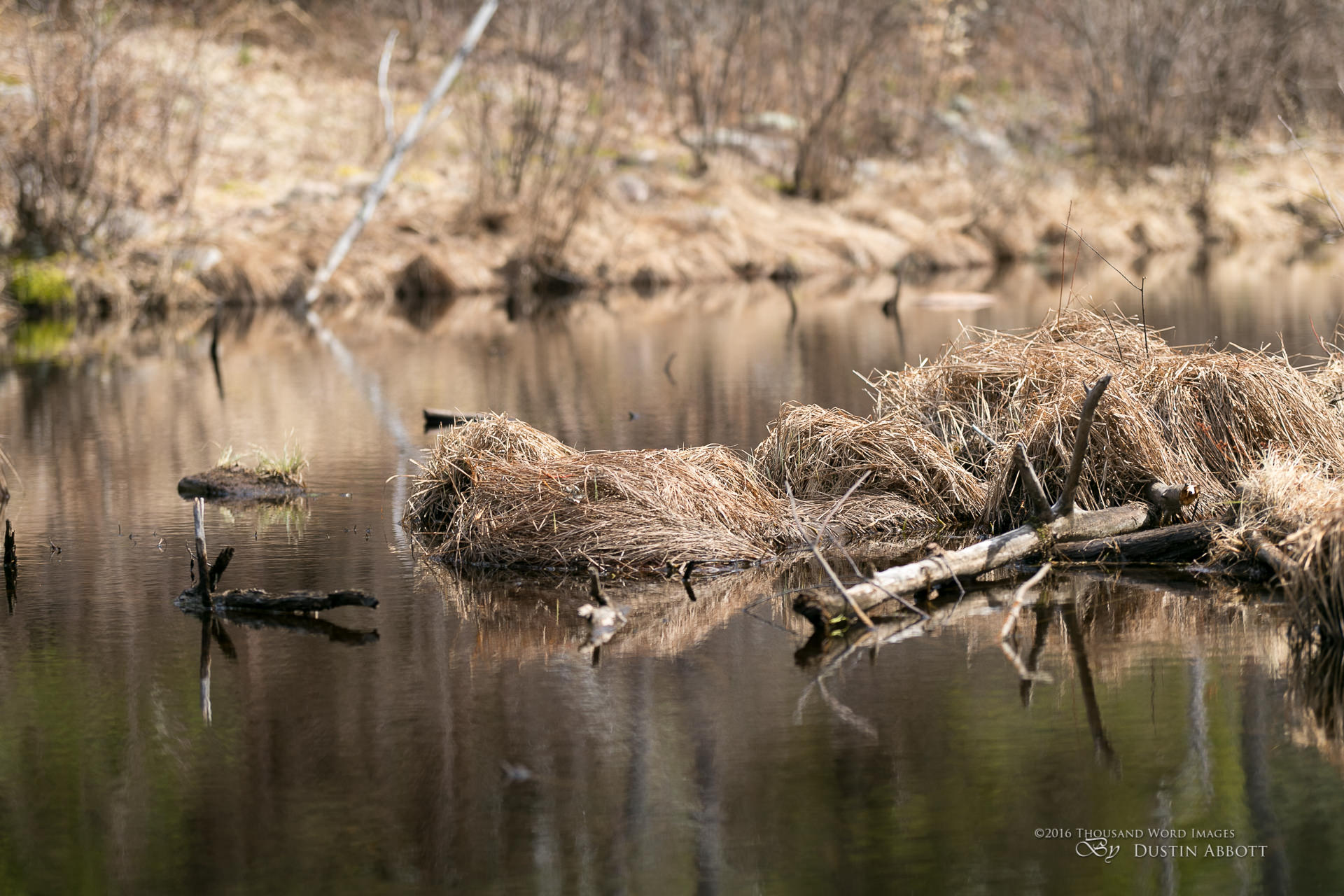
Sigma has done it once more. They have built a lens that no one else has the expertise (or at least nerve) to build. The showtime parties tend to stick with the book sellers in APS-C – compact, variable aperture zooms that are fairly easy to blueprint and manufacture and that they tin sell hundreds of thousands of units of. Sigma won't sell nearly and then many of this large and heavy lens with a big aperture and small zoom range, only what an investment in their image as the company that hasn't forgotten about the many serious amateur and even professional photographers that happen to similar shooting APS-C cameras! This is the kind of lens that will keep some photographers from moving to full frame and might even tempt a few full frame shooters back to APS-C. Sigma tested these waters with the 18-35mm f/1.8 ART, and they must have been sufficiently pleased with the marketplace response to accept this even bigger risk. Thanks to Sigma, ingather shooters can have a two lens kit that offers a constant f/1.8 aperture from 18mm-100mm (with a largely irrelevant 15mm gap between). Not only that, but both of these lenses are perfectly capable at their maximum aperture at all focal lengths. Neither Canon nor Nikon have made a lens that can hold the candle to these two lenses optically (on APS-C), and that puts Sigma in a unique position.
The Sigma 50-100mm f/ane.viii DC HSM ART is an incredible lens. The paradigm quality is seriously impressive, and this lens exhibited none of the focus woes I encountered with the xviii-35mm. Not only is the resolution extremely high on the lens, but the overall look of the images information technology produces is extremely dainty. The tradeoff is that y'all are going to have to deal with a uniquely large and heavy APS-C lens that is too unmatched in the weight department. My well-nigh serious gripe is with the poor implementation of the tripod collar, but I suspect that most users will adapt. I could wish for weather condition sealing or Sigma'due south Optical Stabilizer, too, simply the Fine art series has given me no reason to expect that. If your wrists can handle the weight, and your wallet tin can handle the hit ($1099 in the United states), so I can recollect of no other serious reason why yous wouldn't desire to own this lens.
Pros:
- Exceptional image quality
- Unique wide aperture from 50mm-100mm
- Fast, placidity, and reasonably authentic autofocus
- Beautiful bokeh and overnice rendering
- Gives APS-C shooters a full frame "look" due to shallow DOF and sharpness
- Optimized to give peak performance wide open
- Comes with hood and padded case
- Beautifully synthetic lens
- No other lens like it
Cons:
- Uniquely big and heavy (won't be for everyone)
- Blueprint results in a somewhat front-heavy experience
- Tripod collar not removable and can interfere with operation
- No Bone or weathersealing
- Flare prone
Thanks to the good people at B&H Photo for providing me the loaner retail re-create of this lens for review.
Gear Used:
Canon EOS 80D
Canon EOS 6D DSLR Photographic camera (Body Only)
Sigma fifty-100mm f/1.8 DC HSM Fine art
Adobe Lightroom CC Software for Mac and Windows (Boxed Version)
Adobe Photoshop Creative Cloud 1-Year Subscription
Conflicting Skin Exposure 10 (Utilize Code "dustinabbott" to get 10% anything and everything)
Purchasing your gear through B&H and these links helps fund this website and keeps the manufactures coming. Give thanks you for your back up.

Great News! I tin can now offer a 5% discount on all purchases at Amplis Foto, Canada'south Leading Photographic Supplier. Delight enter discount code: AMPLIS52016DA in your cart. It is expert for everything in your cart, and is stackable with other coupons, as well! It volition take 5% off your entire lodge! Proceeds become towards keeping this site going and providing y'all with new reviews!
Check me out on:
Google+: | Facebook: | Twitter: | Flickr: | 500px: | Sign Up for My Newsletter :
DISCLAIMER: This article and description contains affiliate links, which means that if you lot click on one of the product links, I'll receive a small commission. As an Amazon Associate I earn from qualifying purchases.
Source: https://dustinabbott.net/2016/05/sigma-50-100mm-f1-8-dc-hsm-art-review/
0 Response to "Sigma 50100mm F18 Dc Hsm Art for Nikon Review"
Publicar un comentario